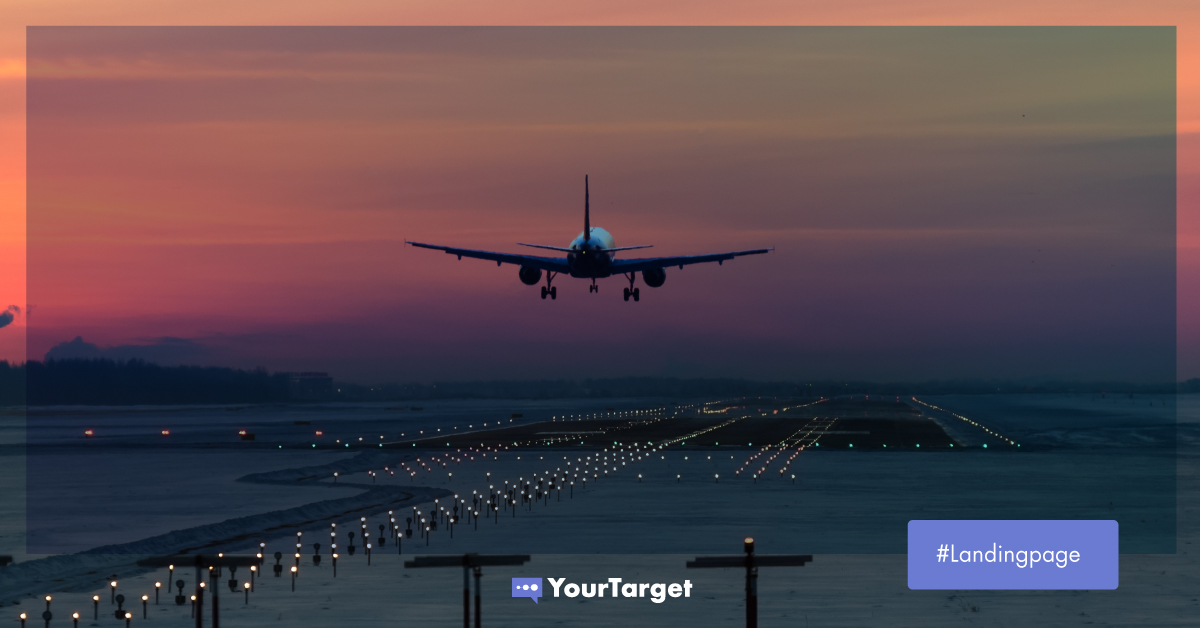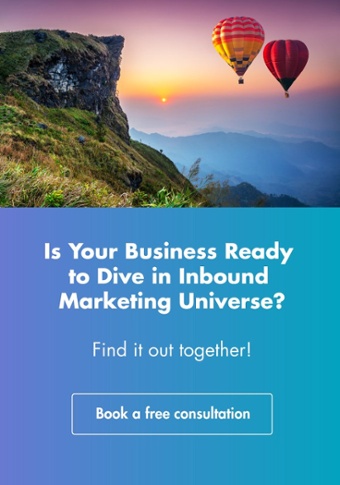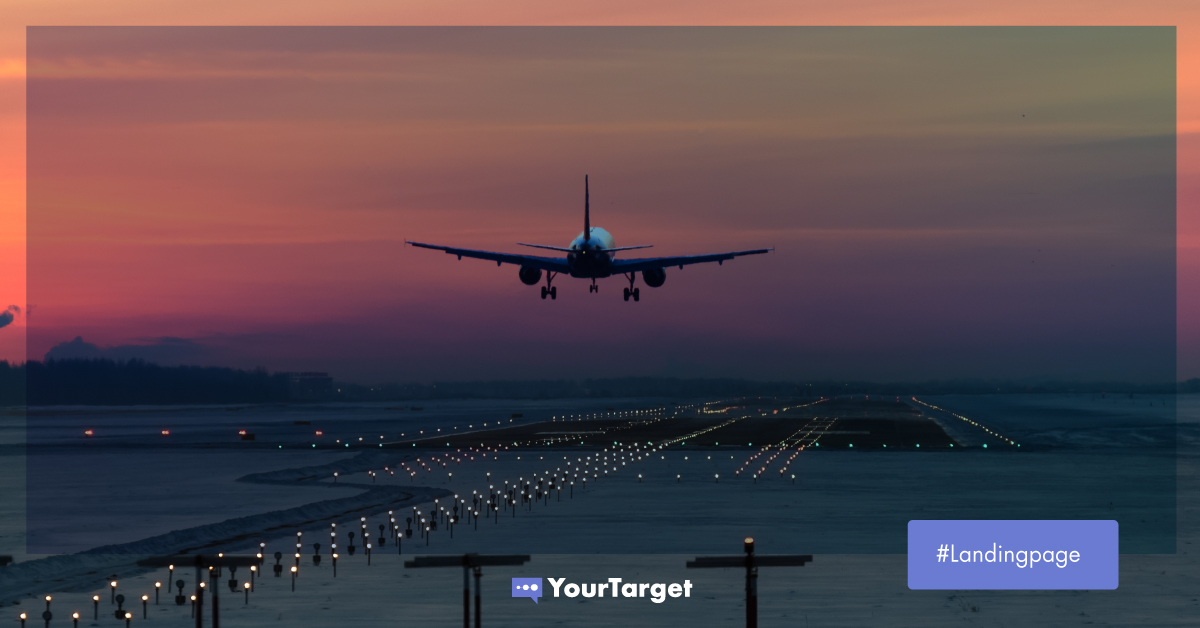
When done well, landing pages are powerful conduits for lead-generation. However, when landing pages are poorly executed the results can be hugely detrimental to your business success and conversion goals. But did you know that the average conversion rate for landing pages is just 2.35%?
Imagine you’ve sent out an email campaign to try and encourage your leads to book a consultation with a specialist about a new product, service, or offer. You’ve crafted inspiring email copy that you’re really proud of, and you’re getting lots of clicks to your landing page. Everything seems to be going well, but, for some reason, your conversion rate is still low. What gives?
In today’s article, we’re going to share 8 reasons why you’re not getting contacts from your landing pages and some tips on how to avoid them and achieve business results.
So, first things first…
What is a landing page?
A landing page is a simple, standalone website designed for campaign traffic that has a clearly defined purpose.
Landing pages play a crucial role in any inbound marketing strategy, as they’re where visitors “land” when they click on a link in an email, social media post, or elsewhere on the web.
Landing pages provide visitors with information and clear action steps about what to do next. They’re campaign-specific pages that feature no navigational distractions and use a single call-to-action.
Although there are many types of landing pages, they all serve the same purpose: to get more leads. The two main categories of landing pages are:
- Lead generation: To capture leads and gain permission (through lead generation forms) to market to them in the future. Visitors exchange information for value in the form of content, consultations, or online courses.
- Click-through: provides more information to visitors about the product or service you’re trying to sell before sending them deeper into the sales funnel
Why do you need a landing page?
What’s the point in creating a special page, only so people can fill out a form? Why did I pay my web designer so much to create an epic homepage if I have to send people elsewhere?
Here’s why:
Landing pages eliminate distractions that visitors encounter on a regular homepage. These distractions can end up reducing conversions as people navigate away from any actionable clicks on the page. By dedicating a specific page to a single campaign objective, you can streamline the conversion process and generate more leads.
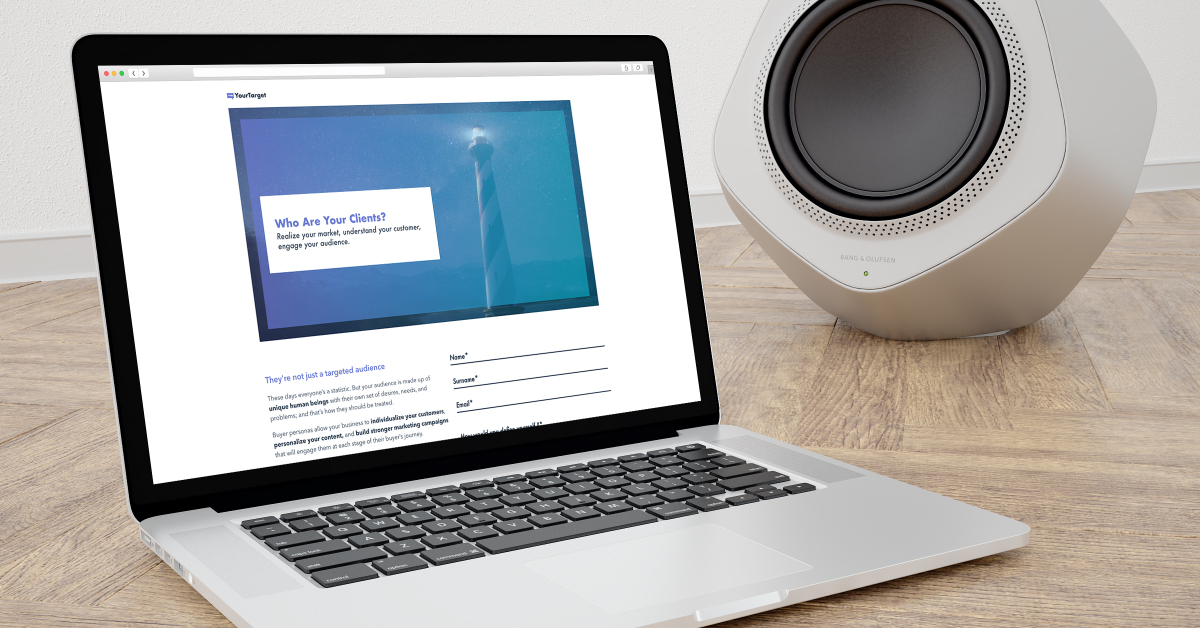
7 reasons why you’re not getting contacts from your landing pages
1. You don’t really know your audience
“At their core, landing pages that convert speak directly to real people with real problems in search of real solutions.” – Aaron Orendorff
You can be the best, most creative marketer in the business, but if you don’t understand who you’re marketing to – you’re going to have problems. When it comes to creating a landing page, if you don’t know the audience that you’re trying to persuade, then your conversion rates are going to suffer.
The solution?
When outlining a marketing strategy, it’s important to develop buyer personas. We’ve talked about them before, but we’ll say it again: buyer personas are vital to the success of any inbound marketing or social media strategy. If you’re wondering how to find customers online, then understanding your target audience is the best place to start.
Use your buyer personas to inform your landing pages. Segment your customers for different landing page campaigns, and be sure to address their specific needs and pain points.
2. You don’t make a good first impression
First impressions are important in our fast-paced digital world.
People’s attention spans are becoming increasingly shorter, which is why it takes just seconds for a visitor to navigate away from a webpage if it doesn’t pique their attention. What’s more, 53% of people will navigate away from a page if it takes more than 3 seconds to load.
So how do you ensure your landing pages don’t incur high-bounce rates?
- Write a succinct and catchy title that speaks directly to the needs of the visitor and isn’t deceiving
- Improve page load-speed for mobile and desktop versions by cutting down on-page elements, setting performance budgets, and minimizing the use of javascript.
3. You’re way too talkative
If the copy on your landing page is long, boring, or jargon-filled you could be unintentionally discouraging visitors to engage with it. The copy on your landing page should be succinct, snappy, and straight to the point. How?
- Use bullet point lists
- Use headers and subheaders to organize information clearly
- Include visual elements to break up text (more on this next)
When it comes to landing pages, the saying “less is more” definitely applies.
4. You’re not including visual elements
Humans are visual learners, and we process images much faster than text. In fact, a study by Insivia found that viewers retain 95% of a message when they watch it in a video, as opposed to 10% when reading it in text. It’s not surprising then, that including videos on landing pages can improve conversions by 86%.
To achieve better results from your landing pages, incorporate visual elements such as images, infographics, and videos that don’t distract from your landing page objective: the call-to-action.
5. Your call to action kind of sucks
Your call-to-action (CTA) is the most important part of your landing page. It’s where the visitor clicks to take further action with your brand, whether it be downloading a white paper, asking for a consultation, or starting a trial. It’s important to make your CTA stand out, you can do this by:
- Providing only one CTA (don’t overwhelm your visitors!)
- Make the CTA button stand out using contrasting colors (refrain from muted tones)
- Make it specific to your offer
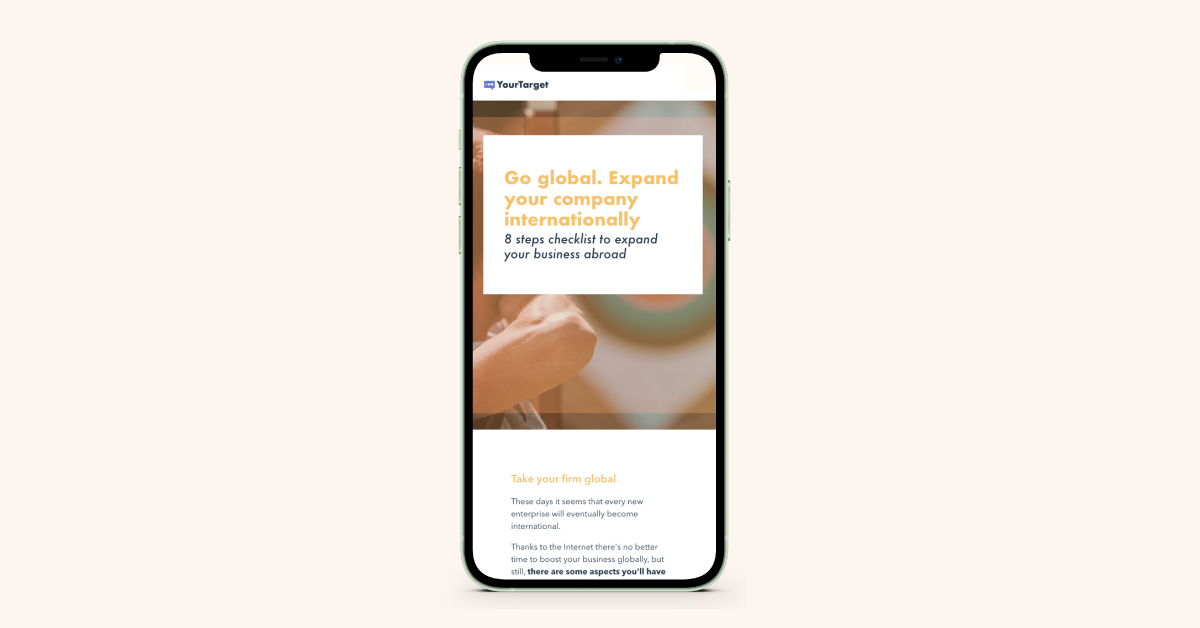
6. Visitors don’t trust you
If you’re sending visitors to a lead capture form, you’re asking them to provide personal information. Did your mum ever tell you not to trust strangers? It’s likely your visitors did too.
If you want visitors to trust you, you’ll need to prove to them that you’re trustworthy.
88% of consumers place a lot of trust in reviews and testimonials. Add video format or written testimonials to your landing page to showcase the great experiences people have had with your brand. This builds trust among your future customers and increases conversion success rates.
7. You’re asking too much, stop asking so many questions!
Many landing page lead generation forms ask for lots of information. This can overwhelm visitors and give them a reason to distrust your brand. Is it really necessary to ask for their mother’s maiden name, after all?
To ensure you’re not asking too much of your visitors, just ask for the information you need. Once they’ve taken that step forward with your business you can begin the lead-nurturing process, and ask for more information once you’ve built up a trusting relationship.
8. It’s not optimized for mobile
53.3% of web traffic is now mobile, but what does this mean when it comes to landing page conversion rates?
Only 50% of landing pages are optimized for mobile devices. Investing time and resources in optimizing your landing pages for mobile will significantly improve the user experience. When 73% of mobile searches result in additional action or conversion, mobile optimization is crucial to achieving higher conversion rates.
Landing pages can be tricky to execute successfully. However, they likely account for a majority of new leads to your business, so it’s crucial that you give them the attention they deserve.
Creating a landing page that converts well doesn’t have to be difficult. Begin by following the best practices we’ve outlined in this article, and we guarantee you’ll start seeing more engagement and conversions from your landing pages.
Want to know more about creating epic landing pages that drive conversions?
We’re here to help! Get in touch today and book a free consultation.
